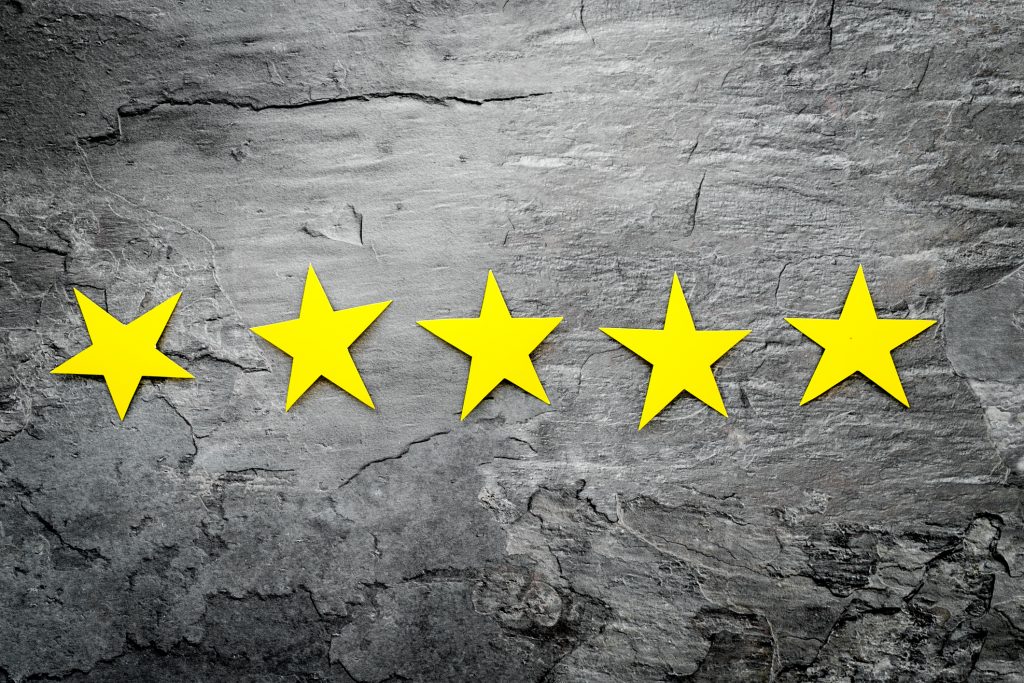
R Studio 101
You may be wondering, what is R Studio? Is it easy to learn? R Studio is a programming language for statistical computing and graphics. The overall goal of R Studio is to help you summarize and analyze data that will provide insights for making data-driven marketing decisions. While it is not initially easy, like most things, through practice and many trials you can hone your skills just as I have.
This past semester, at Baylor University, I had the pleasure of doing in-depth customer analysis through R Studio and learned how to create data visualizations and perform different statistical analyses using R codes.
Data Science
Data science is the future of business analytics, yet it is often difficult to figure out where to start. The last thing you want to do is waste time and money with the wrong tool or program. Making effective use of your time involves two pieces:
(1) selecting the right tool for the job at hand
(2) efficiently learning how to use the tool to increase value for your business.
This blog focuses on the first part, explaining why R is the right choice in three points.
Reason One: High Return on Value
The first reason for why R may be the right tool for the job is if you are looking to use a statistical programing language that lends itself well to an extensive infrastructure of big data. R covers a wide range of topics such as econometrics, finance, and time series. R has the best-in-class tools for visualization, reporting, and interactivity, which are just as important to business as they are to science. Because of this, R is well-suited for scientists, engineers, and business professionals.
With the analysis of customer analytics through R, business professionals can:
- Increase sales to new and existing customers.
- Increase response rates and customer loyalty.
- Reduce campaign costs by targeting customers most likely to respond.
- Increase sales force effectiveness by targeting qualified prospects.
- Reduce customer churn by accurately predicting customers most likely to leave and developing the right proactive campaigns to retain them.
- Deliver the right message by segmenting customers more effectively and better understanding target populations.
- Deliver higher returns on marketing and promotions investments by contacting the right customers with highly relevant offers/messages.
These all important marks for a company and can be drastically improved through R.
Reason Two: Free Open-Source Tool
When downloading R for business use, one of the greatest pros is that it is an open-source program. Therefore, it can be modified and redistributed as per the user’s need. It is great for visualization and has far more capabilities, compared to other tools like Python.
Companies, such as Facebook, Microsoft, and Google, are using R programming as their core platform to make online advertising more effective. They also use R for economic forecasting and Big-Data statistical modeling. Due to the results that the ‘console’ and ‘plots’ provide in R, these big-name brands are able to make dutifully noted decisions.
Reason Three: Easy to Use
What is great about using R Studio is that once you understand the basics, you will be able to transcribe codes to more advanced stages since they have similar frameworks. Although it takes a couple tries to understand the statistical language, through failure comes success. To help create successful codes and interpretations, the RStudio Cheatsheets are a great reference guide for R syntax as well as YouTube videos.
Conclusion
Whether you use R or Python or another program, find out what your customer data strategy is and what your marketing strategy is to find that perfect balance between the two.


